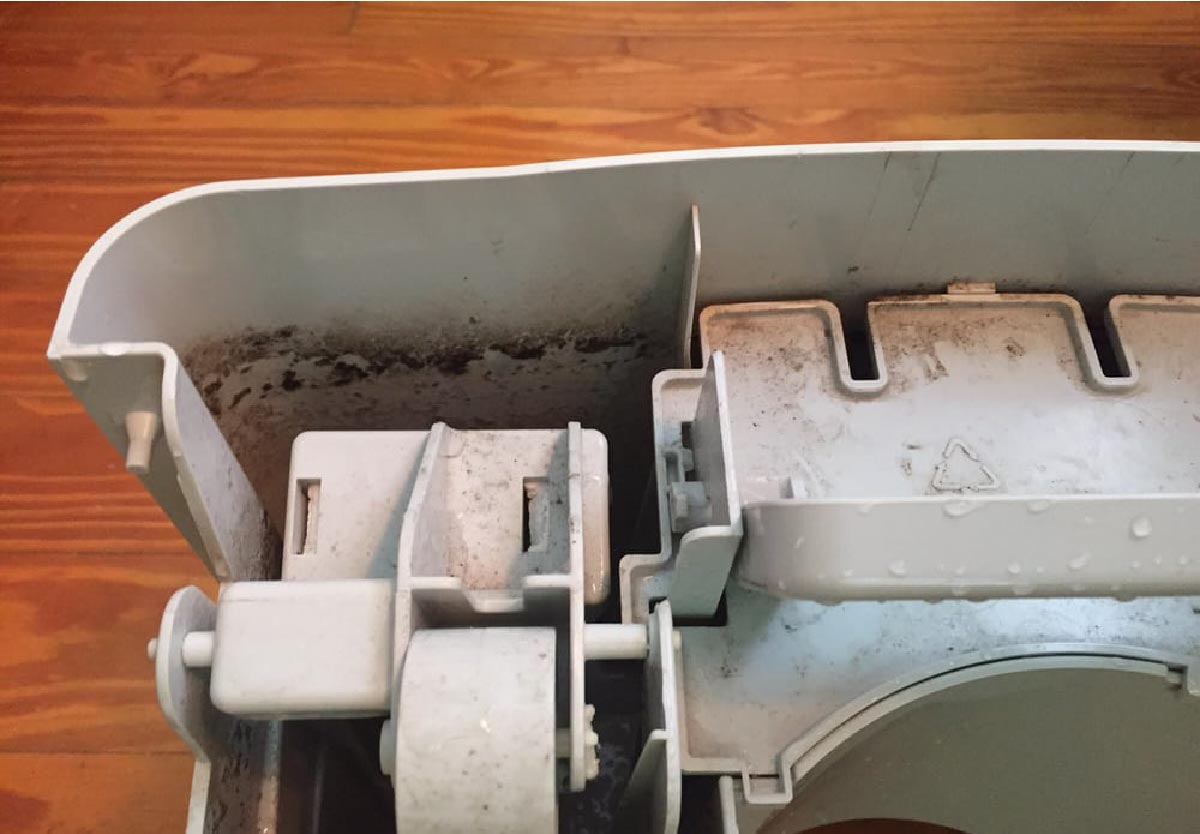

Articles
How To Prevent Mold In Humidifier
Modified: October 18, 2024
Learn effective ways to prevent mold in your humidifier with these helpful articles. Keep your air clean and healthy!
(Many of the links in this article redirect to a specific reviewed product. Your purchase of these products through affiliate links helps to generate commission for Storables.com, at no extra cost. Learn more)
Introduction
Humidifiers are a popular home appliance that helps to add moisture to the air, improving indoor humidity levels and providing relief for dry skin, allergies, and respiratory issues. While humidifiers offer numerous benefits, they also create an ideal environment for mold growth if not properly maintained.
Mold is a type of fungus that thrives in moist and humid conditions, and it can pose serious health risks if allowed to develop and spread. It can worsen allergies, asthma, and other respiratory conditions, as well as cause skin irritation and eye discomfort.
Preventing mold growth in humidifiers is crucial not only for the health and well-being of individuals but also to ensure the longevity and efficiency of the device itself. In this article, we will explore effective strategies to keep your humidifier mold-free and functioning optimally.
Key Takeaways:
- Regular cleaning, maintenance, and using distilled water are crucial for preventing mold growth in humidifiers. Proper management of humidity levels and filter replacement also play a significant role in maintaining a healthy and comfortable living environment.
- Choosing the right type of humidifier and following additional tips such as using a brush for hard-to-reach areas and practicing good indoor air circulation are essential for minimizing the risk of mold growth.
Read more: How To Prevent Mold In Closet
Understanding Mold in Humidifiers
Mold in humidifiers typically occurs when excess moisture is not properly managed or when the humidifier is not regularly cleaned and maintained. When water is left stagnant in the humidifier, it creates a breeding ground for mold spores to thrive.
Mold spores are microscopic particles that are present everywhere in the environment. When these spores come into contact with moisture and organic material, such as dust, pet dander, or minerals in tap water, they can quickly multiply and form mold colonies.
Mold growth in humidifiers can manifest in different forms, including black, green, or white spots or patches. It may also have a musty odor, indicating the presence of mold. It’s important to address mold growth in humidifiers promptly to prevent its spread and potential health issues.
Not only can mold contaminate the air you breathe, but it can also clog the humidifier and reduce its efficiency. This can lead to increased energy consumption, higher electric bills, and potential damage to the device itself.
To prevent mold in humidifiers, it’s essential to understand the importance of regular cleaning and maintenance, the significance of selecting the right type of humidifier, and strategies to manage humidity levels effectively.
The Importance of Preventing Mold Growth
Preventing mold growth in humidifiers is crucial for several reasons. First and foremost, mold can have detrimental effects on our health. Mold spores released into the air can cause respiratory issues, such as coughing, wheezing, and difficulty breathing. Individuals with allergies or asthma are particularly susceptible to the negative effects of mold.
In addition to health concerns, mold growth can compromise the performance and longevity of the humidifier itself. Mold can clog the humidifier’s components, including the filters and water tank, leading to reduced efficiency and potential breakdowns. Proper maintenance and mold prevention measures can extend the lifespan of your humidifier, saving you money in the long run.
Mold-infested humidifiers can also emit unpleasant odors, which can affect the overall air quality in your home. The musty smell associated with mold can be quite persistent and difficult to eradicate, even after thorough cleaning. By taking proactive steps to prevent mold growth, you can ensure that your home smells fresh and clean.
Furthermore, mold growth in humidifiers can create a breeding ground for bacteria and other harmful microorganisms. These can be circulated into the air you breathe, potentially causing infections or exacerbating existing health issues. By maintaining a mold-free humidifier, you can ensure that the air you and your family breathe is clean and safe.
Overall, preventing mold growth in humidifiers is essential for maintaining a healthy living environment, prolonging the life of your appliance, reducing odors, and improving indoor air quality. In the following sections, we will explore specific strategies and tips to help you effectively prevent mold in your humidifier.
Proper Cleaning and Maintenance
Regular cleaning and maintenance are key to preventing mold growth in humidifiers. Here are some essential steps to follow:
- Read the manufacturer’s instructions: Start by carefully reading the user manual provided with your humidifier. This will provide specific guidelines on how to clean and maintain your particular model.
- Empty and dry the water tank daily: After each use, empty any remaining water from the humidifier’s tank. Thoroughly dry the tank to prevent the growth of mold and bacteria. Allow all the components to air dry before reassembling.
- Disassemble and clean all removable parts: Take apart your humidifier and clean each removable part separately. This usually includes the water tank, tray, and any other attachments. Use a mild detergent or a mixture of vinegar and water to clean these parts thoroughly.
- Scrub away stubborn mold and mineral deposits: If you notice any mold or mineral deposits, use a scrub brush or toothbrush to gently remove them. Be sure to clean all corners, crevices, and hard-to-reach areas.
- Rinse with clean water: After cleaning, rinse all the components with clean water to remove any residue from the cleaning agents. This is important to prevent any potentially harmful chemicals from being dispersed into the air.
- Clean or replace the filters: If your humidifier has a filter, follow the manufacturer’s instructions on how to clean or replace it. Filters can collect mold and contaminants, so it’s important to keep them clean or replace them regularly.
- Use a brush to clean the base and fan: The base of the humidifier and the fan can accumulate dust and debris over time. Use a soft brush to gently clean these areas, ensuring that they are free from any buildup.
- Regularly sanitize the humidifier: To kill any remaining bacteria or mold spores, periodically sanitize your humidifier. You can do this by filling the tank with a mixture of water and hydrogen peroxide or bleach and letting it sit for about 30 minutes. Rinse thoroughly afterward.
- Follow a regular cleaning schedule: Set a routine for cleaning your humidifier. Ideally, it should be cleaned every one to two weeks, or more frequently if you notice any mold or mineral buildup.
By following these proper cleaning and maintenance practices, you can significantly reduce the risk of mold growth in your humidifier and ensure that it operates efficiently and effectively.
Choosing the Right Type of Humidifier
When it comes to preventing mold growth in humidifiers, selecting the right type of humidifier can make a big difference. Different types of humidifiers have varying features and maintenance requirements. Here are some factors to consider when choosing a humidifier:
1. Ultrasonic Humidifiers: Ultrasonic humidifiers use high-frequency vibrations to create a fine mist. They are generally considered to be more energy-efficient and quieter than traditional evaporative humidifiers. Ultrasonic humidifiers also come in two types: cool mist and warm mist. Cool mist humidifiers are recommended for mold prevention, as they do not involve heating the water, reducing the risk of mold growth.
2. Evaporative Humidifiers: Evaporative humidifiers use a fan to blow air over a wet wick or filter, causing water to evaporate and increase humidity levels. These types of humidifiers are typically more affordable and require less maintenance. However, it is important to regularly clean and replace the filter to prevent mold and bacterial growth.
3. Steam Vaporizers: Steam vaporizers boil water and release warm steam into the air. They are effective in providing instant relief for congestion and dry air. However, steam vaporizers can be more prone to mold growth if not cleaned and maintained properly. It is important to clean the heating element and other components regularly to prevent mold and mineral buildup.
4. Whole House Humidifiers: Whole house humidifiers are installed directly into the HVAC system and distribute moisture throughout the entire home. They offer convenience and consistent humidity control. However, proper maintenance and regular filter replacement are crucial to prevent mold growth in these types of humidifiers.
Regardless of the type of humidifier you choose, there are some general guidelines to keep in mind:
- Opt for humidifiers with built-in hygrometers: These devices measure the humidity levels in the air and can help you maintain optimal humidity, reducing the risk of excessive moisture that can promote mold growth.
- Choose a size appropriate for the room: Humidifiers come in different sizes, suitable for various room sizes. Select a humidifier that is appropriate for the square footage of the space you intend to humidify. An oversized humidifier can create excessive moisture, while an undersized one may not provide sufficient humidity.
- Consider additional features: Some humidifiers offer features such as automatic shut-off when the water level is low or adjustable humidity settings. These features can help prevent over-humidification and reduce the risk of mold growth.
- Read product reviews: Before purchasing a humidifier, read reviews from other users to ensure that the model you choose is reliable, durable, and easy to clean.
By carefully considering these factors and choosing the right type of humidifier for your needs, you can minimize the risk of mold growth and enjoy the benefits of proper humidity control in your home.
Clean and dry the humidifier regularly to prevent mold growth. Use distilled water and follow manufacturer’s instructions for maintenance.
Read more: How To Prevent Mold On Toothbrush
Managing Humidity Levels
Properly managing humidity levels in your home is crucial for preventing mold growth in humidifiers. Excessive humidity can create a favorable environment for mold to thrive, while low humidity can lead to dryness and discomfort. Here are some tips to help you maintain optimal humidity levels:
1. Invest in a hygrometer: A hygrometer is a device that measures the humidity levels in the air. By using a hygrometer, you can monitor and maintain the ideal humidity range of 30-50% in your home. This will help prevent excessive moisture and minimize the risk of mold growth.
2. Use a dehumidifier: If your home consistently has high humidity levels, particularly in areas prone to excess moisture such as basements or bathrooms, consider investing in a dehumidifier. A dehumidifier will help remove excess moisture from the air, reducing the risk of mold growth in both your home and humidifier.
3. Open windows and use ventilation: Proper ventilation is key to controlling humidity levels. Open windows regularly to allow fresh air to circulate and carry away excess moisture. Use exhaust fans in kitchens, bathrooms, and laundry rooms to remove humid air produced during cooking, showering, or doing laundry.
4. Fix sources of moisture: Identify and address any sources of moisture in your home. Repair leaks, fix plumbing issues, and ensure proper drainage to prevent excess moisture from accumulating. By eliminating sources of moisture, you can control humidity levels and reduce the risk of mold growth.
5. Avoid over-humidification: While maintaining optimal humidity levels is important, avoid over-humidifying your home. Excessive moisture can lead to condensation on walls, windows, and other surfaces, providing a breeding ground for mold. Follow the manufacturer’s instructions for your humidifier and ensure it does not add too much moisture to the air.
6. Monitor outdoor weather conditions: Pay attention to the weather conditions outside. During periods of high humidity, such as rainy seasons, you may need to adjust your indoor humidity levels to prevent excessive moisture. Use a dehumidifier or adjust your humidifier settings accordingly.
7. Regularly clean and maintain humidifiers: As mentioned earlier, proper cleaning and maintenance of your humidifier are essential for managing humidity levels effectively. Regularly remove any excess water from the tank, clean all the components, and follow the manufacturer’s instructions for maintenance. This will help ensure the proper functioning of your humidifier and prevent mold growth.
By following these tips and actively managing humidity levels in your home, you can create an environment that is less conducive to mold growth and maintain a healthy and comfortable living space.
Using Distilled Water in the Humidifier
One effective strategy to prevent mold growth in humidifiers is to use distilled water instead of tap water. Here’s why distilled water is beneficial and how to use it properly:
1. Eliminates minerals and impurities: Tap water often contains minerals, such as calcium and magnesium, as well as impurities like chlorine or fluoride. When these minerals and impurities are dispersed into the air by the humidifier, they can leave deposits and promote mold and bacterial growth. Distilled water, on the other hand, goes through a purification process that removes these minerals and impurities, ensuring a clean and pure water source for your humidifier.
2. Reduces mineral buildup: When tap water with minerals is used in a humidifier, these minerals can accumulate over time, causing limescale buildup on the humidifier’s components. This buildup not only negatively affects the humidifier’s performance but also provides a breeding ground for mold. Using distilled water helps to minimize mineral buildup and reduces the risk of mold growth.
3. Prevents white dust: Another common issue with the use of tap water in humidifiers is the creation of white dust. This dust is caused by the minerals in tap water being released into the air during the humidification process. It can settle on surfaces in your home and trigger respiratory issues. By using distilled water, you can avoid the production of white dust and maintain cleaner air quality.
4. Proper usage: When using distilled water in your humidifier, it is important to follow these guidelines:
- Always check the manufacturer’s instructions: Some humidifiers may specifically recommend the use of distilled water, while others may allow tap water or include filters to remove minerals.
- Avoid using additives: Distilled water does not require the addition of any chemicals or additives. Using these substances can interfere with the water’s purity and potentially cause damage to the humidifier.
- Regularly clean the humidifier: While using distilled water helps prevent mineral buildup and mold growth, it is still important to regularly clean and maintain the humidifier according to the manufacturer’s recommendations. This will ensure optimal performance and prevent any potential issues related to mold or bacteria.
- Consider the costs and convenience: It’s worth noting that using distilled water can be more expensive and less convenient than tap water. If you have a large humidifier or reside in an area with clean tap water, you may opt to use tap water and implement proper cleaning and maintenance practices.
Using distilled water in your humidifier is an effective way to minimize mineral buildup, prevent mold growth, and maintain cleaner air quality. However, it is important to consider the specific requirements and recommendations of your humidifier and to clean and maintain it regularly regardless of the water source you use.
Regularly Replacing the Filters
Regularly replacing the filters in your humidifier is crucial for maintaining optimal performance and preventing mold growth. Here’s why filter replacement is important and how to do it effectively:
1. Filters trap impurities: The filters in humidifiers are designed to trap impurities, such as dust, pet dander, and minerals from the water. Over time, these impurities can accumulate on the filter, reducing its effectiveness and potentially contributing to mold growth. Regularly replacing the filters ensures that your humidifier is operating with clean and efficient filtration.
2. Prevents mold and bacterial growth: As filters become dirty and clogged, they can become a breeding ground for mold and bacteria. This can pose a health risk, as mold spores and bacteria can be released into the air you breathe. By replacing the filters according to the manufacturer’s instructions, you reduce the risk of mold and bacterial growth in your humidifier.
3. Maintains optimal humidity output: A clean and properly functioning filter allows for the efficient operation of your humidifier, ensuring that it delivers the desired humidity output. A clogged or dirty filter can obstruct airflow, leading to reduced performance and uneven humidity distribution. Regularly replacing the filters helps maintain consistent humidity levels in your living space.
4. Guidelines for filter replacement: Follow these general guidelines for effective filter replacement in your humidifier:
- Refer to the manufacturer’s instructions: Each humidifier model has specific recommendations regarding filter replacement. Read the user manual or consult the manufacturer’s website for guidance on how often to replace the filter and the appropriate replacement filters to use.
- Monitor the condition of the filter: Pay attention to the condition of the filter during regular cleaning and maintenance of your humidifier. If the filter appears dirty, clogged, or damaged, it’s a sign that it needs to be replaced sooner rather than later.
- Use genuine replacement filters: To ensure the best performance and compatibility with your humidifier, use genuine replacement filters recommended by the manufacturer. Generic or incompatible filters may not fit properly, compromise performance, or even cause damage to the humidifier.
- Follow proper installation procedures: When replacing the filter, carefully follow the instructions provided by the manufacturer. Improper installation can hinder the effectiveness of the filter or even damage the humidifier. If in doubt, consult the user manual or contact customer support for assistance.
- Set a filter replacement schedule: To ensure regular and timely filter replacement, set a schedule based on the manufacturer’s recommendations. This could be every few months or more frequently if your humidifier sees heavy use. Consider setting a reminder or note to help you remember when it’s time to replace the filter.
By regularly replacing the filters in your humidifier, you promote optimal performance, reduce the risk of mold growth and bacterial contamination, and ensure clean and efficient air output. Following the manufacturer’s guidelines and practicing good filter maintenance will help prolong the lifespan of your humidifier and maintain healthy indoor air quality.
Additional Tips for Mold Prevention
In addition to proper cleaning, maintenance, and filter replacement, there are several additional tips you can follow to further prevent mold growth in your humidifier:
1. Use a brush for hard-to-reach areas: When cleaning your humidifier, use a soft brush or toothbrush to access hard-to-reach areas, such as crevices or small openings. Mold spores can hide in these spaces, so thorough cleaning is essential for complete mold prevention.
2. Allow the humidifier to dry completely: After cleaning, make sure all the components of the humidifier, including the water tank and filter, are completely dry before reassembling. This will prevent the growth of mold and bacteria that thrive in moist environments.
3. Avoid leaving water stagnant in the tank: If you won’t be using the humidifier for an extended period, empty the water tank completely to prevent standing water. Stagnant water can become a breeding ground for mold and bacteria, even in a clean humidifier.
4. Store the humidifier properly: When not in use, store your humidifier in a clean and dry location. Ensure that all the components are completely dry before storing to prevent mold growth during periods of non-use.
5. Regularly clean the area around the humidifier: Mold growth can spread from the humidifier to nearby surfaces. Regularly clean and dust the area around the humidifier to minimize the chances of mold spreading to other areas of your home.
6. Inspect and clean the humidifier’s ventilation system: Some humidifiers have ventilation systems to regulate airflow. Check and clean these components, such as vents and fans, to ensure that they are free from dust, debris, and potential mold growth.
7. Practice good indoor air circulation: Create a well-ventilated environment in your home by opening windows and using fans. This promotes air circulation, helps control humidity levels, and prevents stagnant air that can contribute to mold growth.
8. Regularly clean and dust your home: Dust can gather on surfaces and contribute to mold growth. Regularly dust your home, paying attention to areas near the humidifier and other moisture-prone spots, to reduce the presence of mold spores in the environment.
9. Monitor and adjust humidity levels: Continuously monitor the humidity levels in your home using a hygrometer and adjust your humidifier accordingly. Aim for a humidity range of 30-50% to maintain a comfortable and mold-free environment.
10. Regularly inspect and replace worn-out parts: Over time, certain parts of your humidifier may wear out or become less effective. Regularly inspect and replace any worn-out parts to ensure the proper functioning of the humidifier and minimize the risk of mold growth.
By following these additional tips and incorporating them into your humidifier maintenance routine, you can significantly reduce the risk of mold growth and ensure a healthier and more comfortable living environment.
Read more: How To Store Bread To Prevent Mold
Conclusion
Preventing mold growth in humidifiers is crucial for maintaining a healthy and comfortable living environment. By implementing proper cleaning, maintenance, and mold prevention strategies, you can ensure the optimal performance of your humidifier while safeguarding your health and well-being.
Start by understanding the risks associated with mold growth in humidifiers. Mold can negatively impact your respiratory health and the performance of your device. By being aware of the importance of preventing mold growth, you can take the necessary steps to keep your humidifier mold-free.
Proper cleaning and maintenance are essential for preventing mold. Empty and dry the water tank daily, disassemble and clean all removable parts, and rinse with clean water. Regularly replace the filters and use a brush to clean hard-to-reach areas. By establishing a consistent cleaning routine, you can maintain a mold-free humidifier.
In addition, choosing the right type of humidifier is crucial. Consider factors like ultrasonic or evaporative humidifiers, steam vaporizers, and whole house humidifiers. Ensure your humidifier has a built-in hygrometer and select the appropriate size for your space.
Managing humidity levels is also important. Use a hygrometer to monitor humidity levels, use a dehumidifier if necessary, and ventilate your home properly. Fix any sources of moisture and avoid over-humidifying your space.
Using distilled water in your humidifier can prevent mold by eliminating minerals and impurities. However, proper usage and maintenance are still necessary. Regularly replacing filters ensures optimal performance, helps maintain humidity levels, and prevents mold and bacterial growth.
Lastly, follow additional tips such as using a brush for hard-to-reach areas, allowing the humidifier to dry completely, and practicing good indoor air circulation. Regularly clean the area around the humidifier and inspect and clean the humidifier’s ventilation system. Monitor and adjust humidity levels using a hygrometer and regularly clean and dust your home.
In conclusion, by following these guidelines and incorporating proper cleaning, maintenance, and mold prevention measures, you can enjoy the benefits of a properly functioning humidifier while minimizing the risk of mold growth. This will ensure a healthier and more comfortable living environment for you and your family.
Now that you've got the know-how to keep your humidifier mold-free, why not tackle another cleaning challenge? Our next guide focuses on how to rejuvenate your home's exterior efficiently. If your siding looks a bit grimy, learning the right cleaning techniques using a pressure washer will make all the difference. Not only will this boost your home's curb appeal, but it'll also extend the life of your siding. So, don't miss out—give your home the facelift it deserves with our easy-to-follow tips!
Frequently Asked Questions about How To Prevent Mold In Humidifier
Was this page helpful?
At Storables.com, we guarantee accurate and reliable information. Our content, validated by Expert Board Contributors, is crafted following stringent Editorial Policies. We're committed to providing you with well-researched, expert-backed insights for all your informational needs.
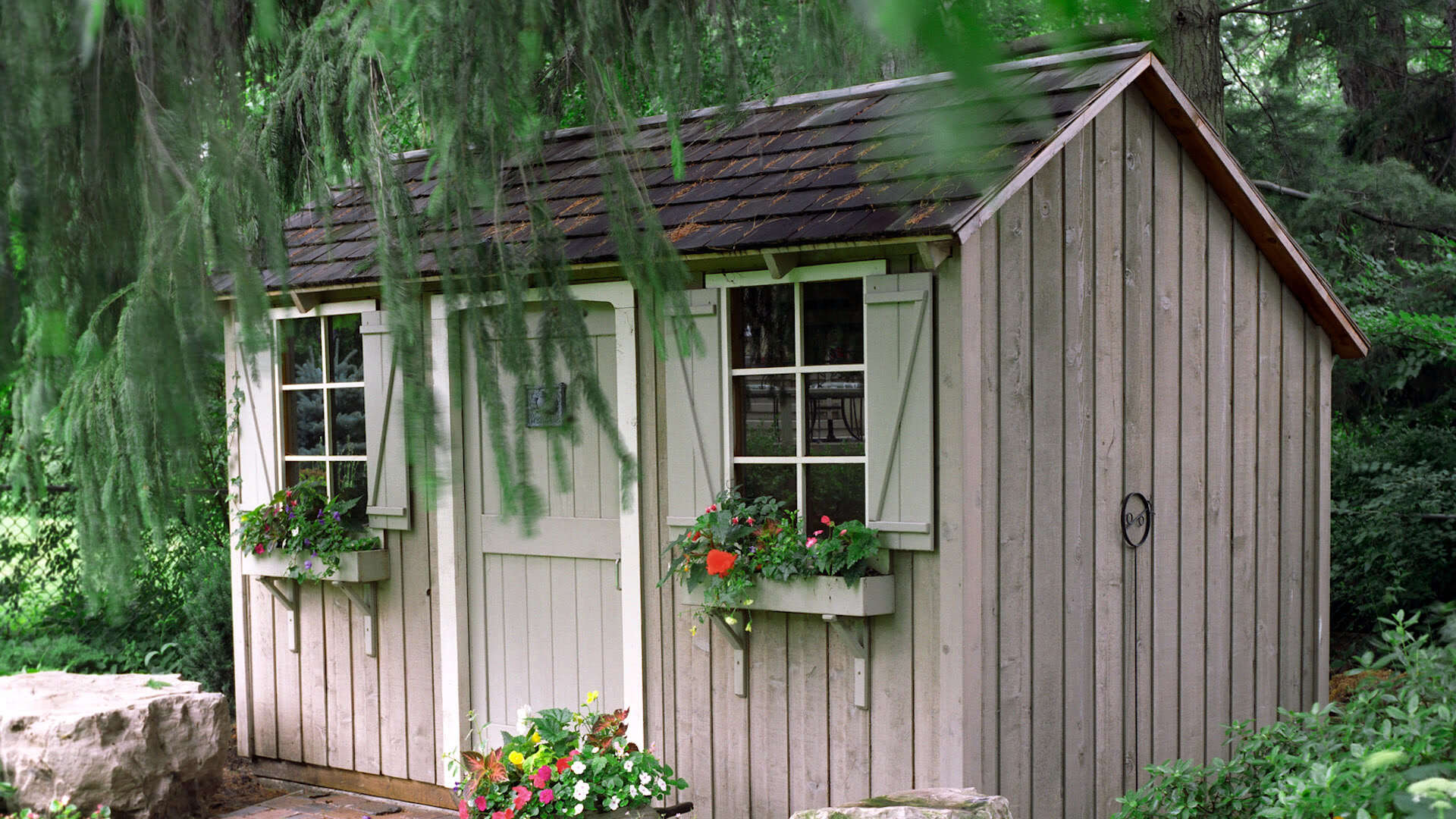
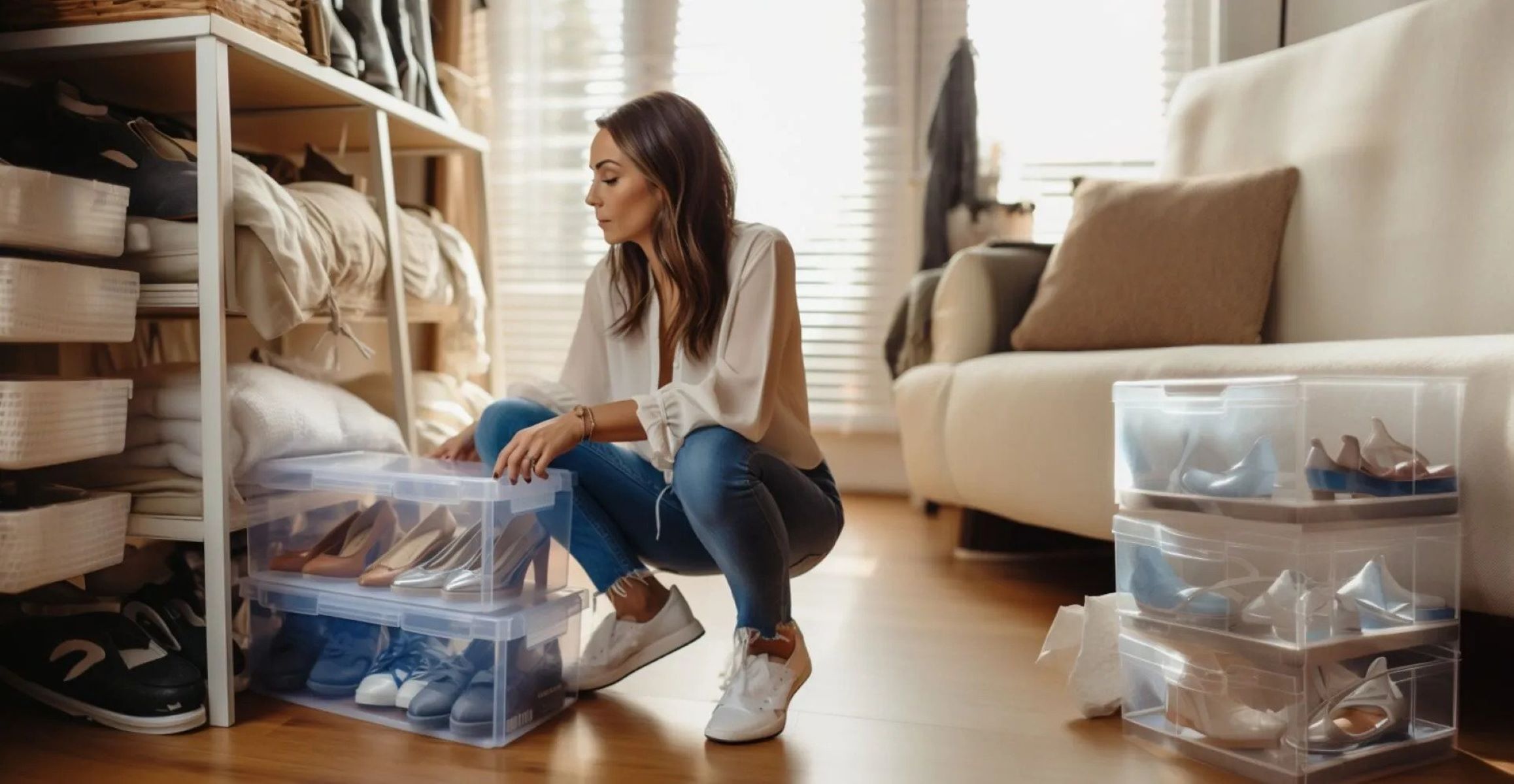
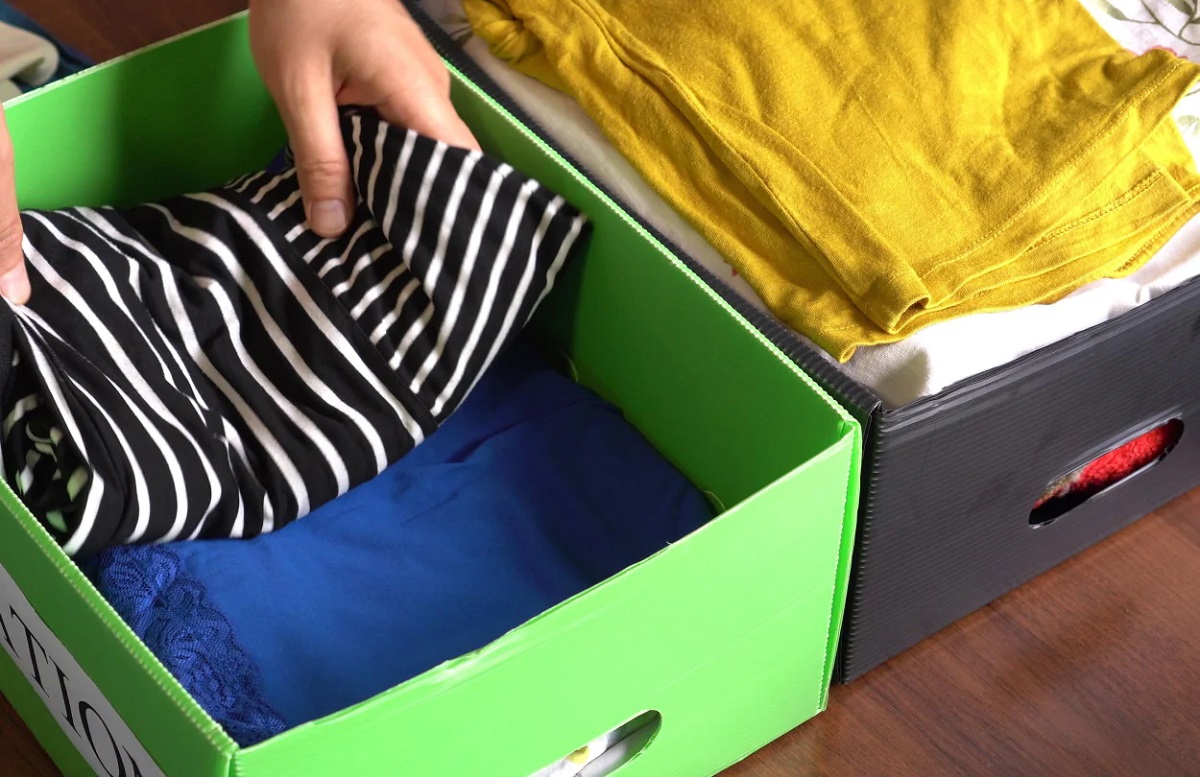

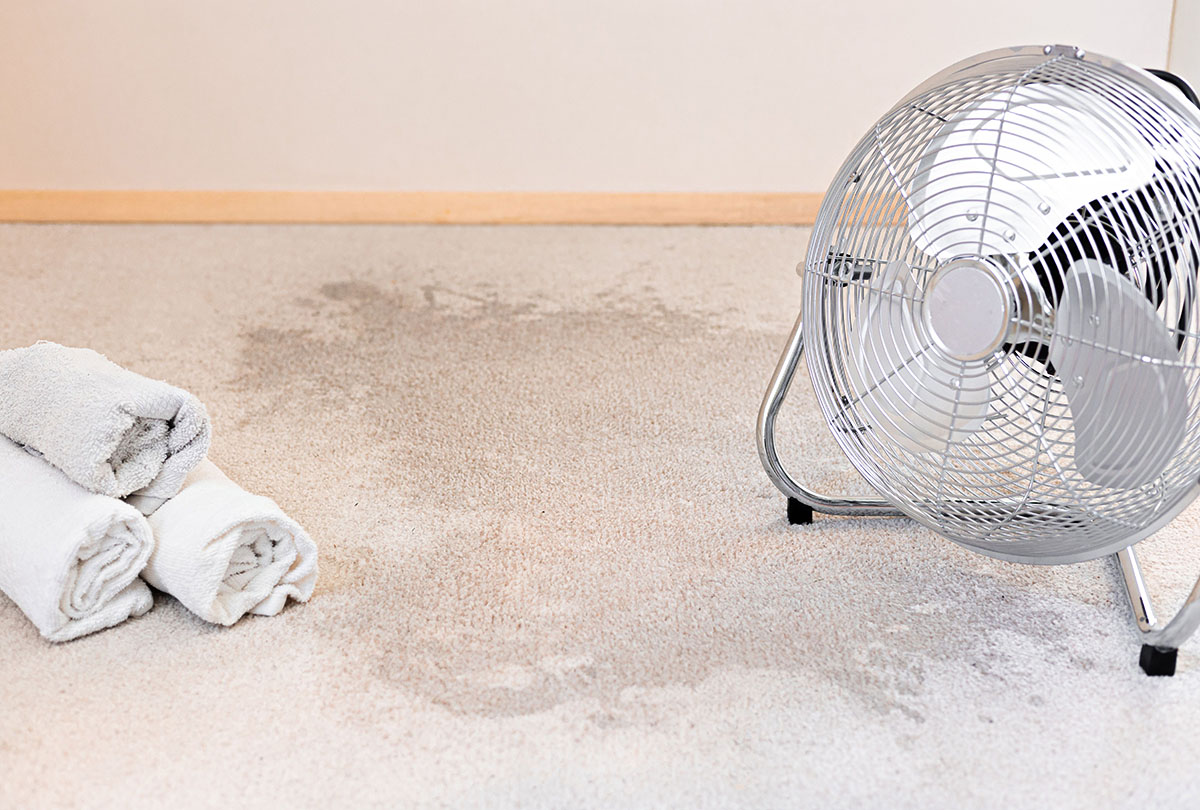
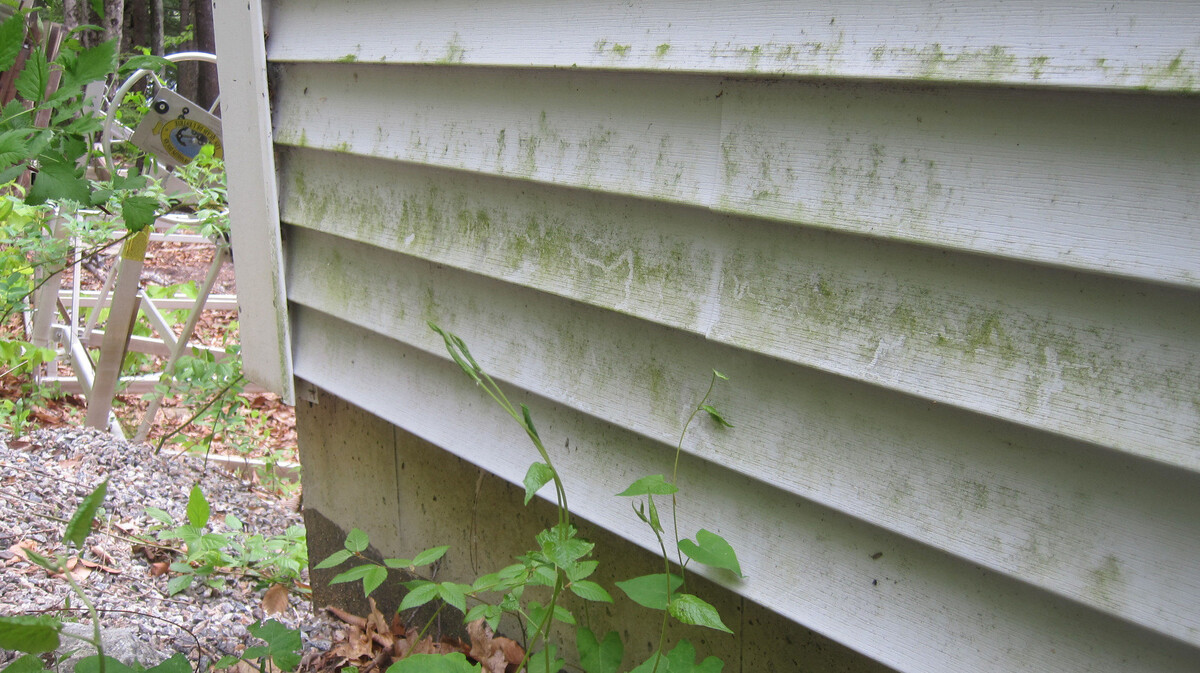
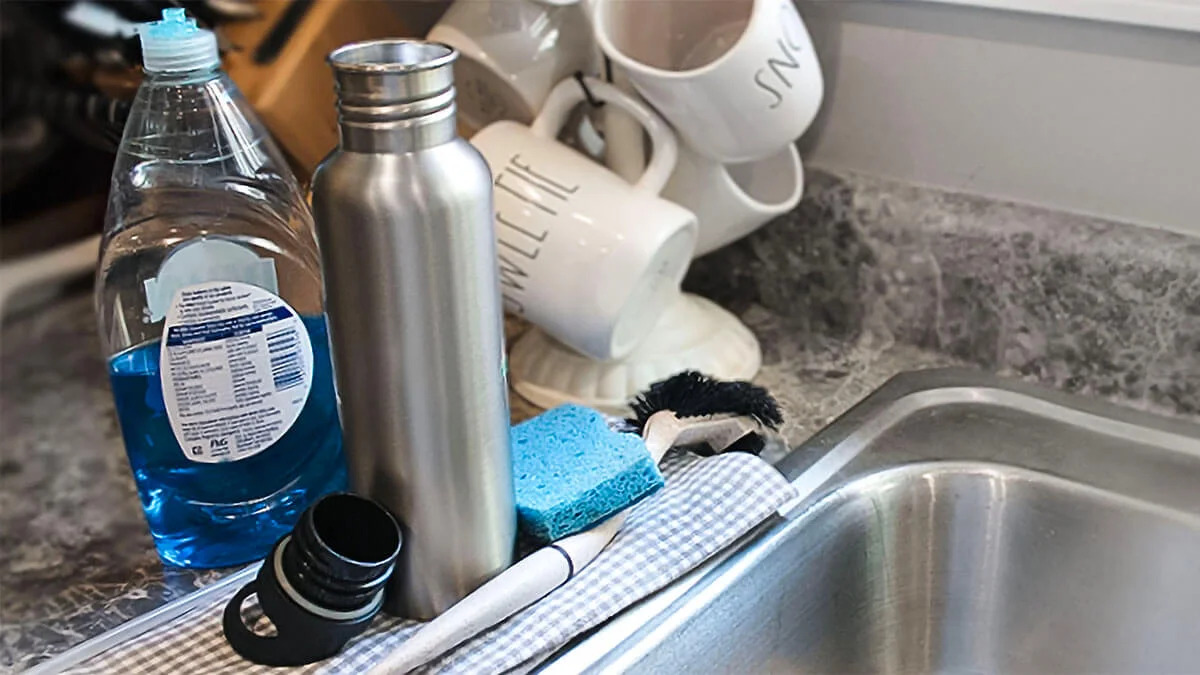
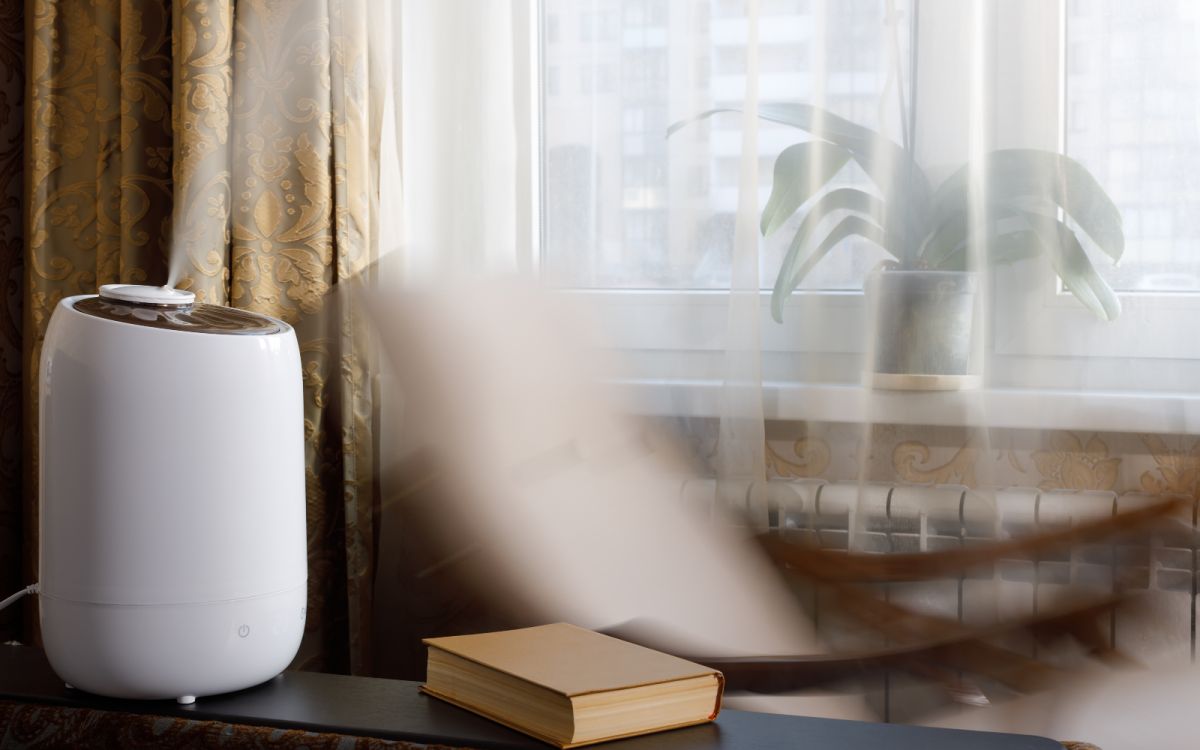
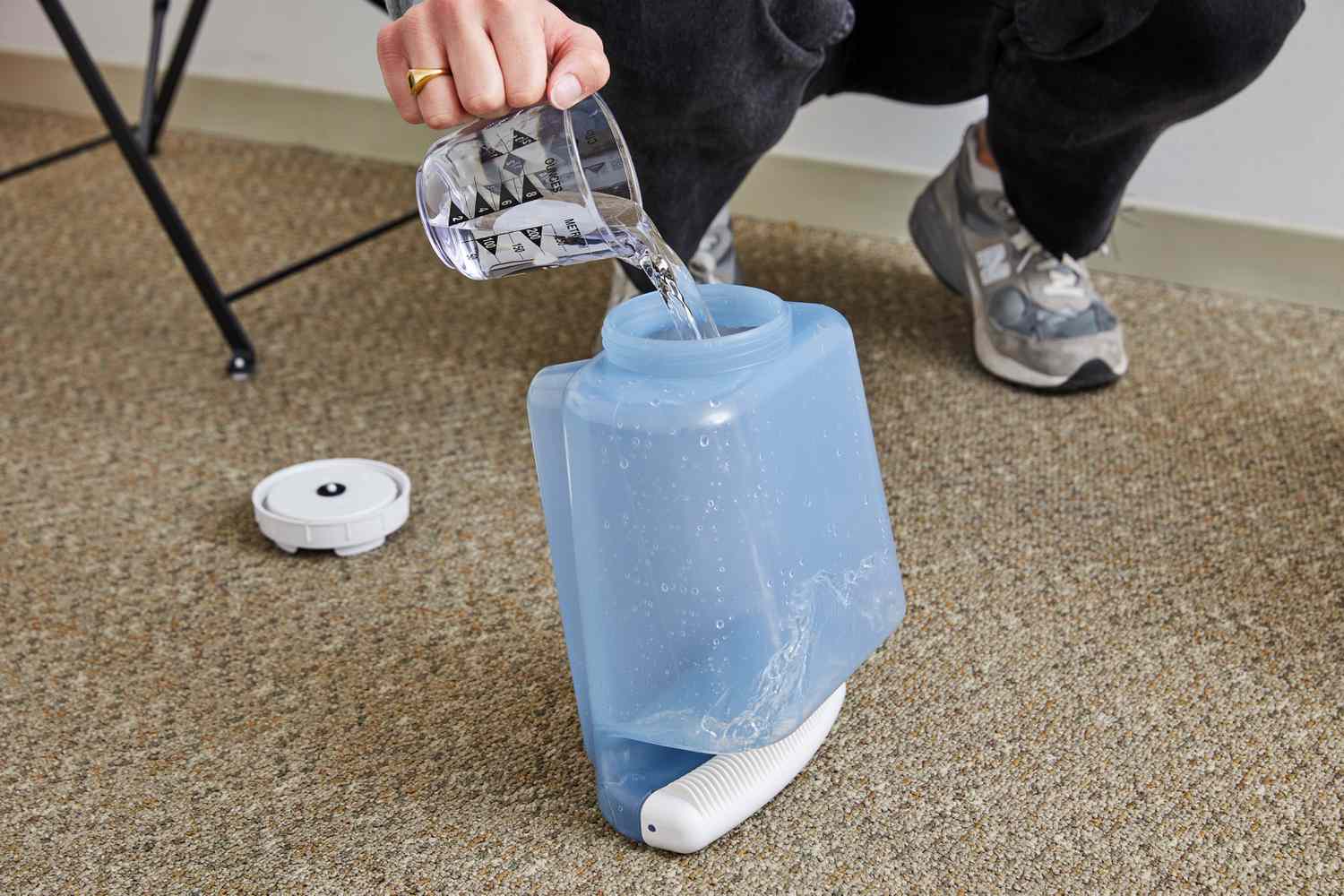
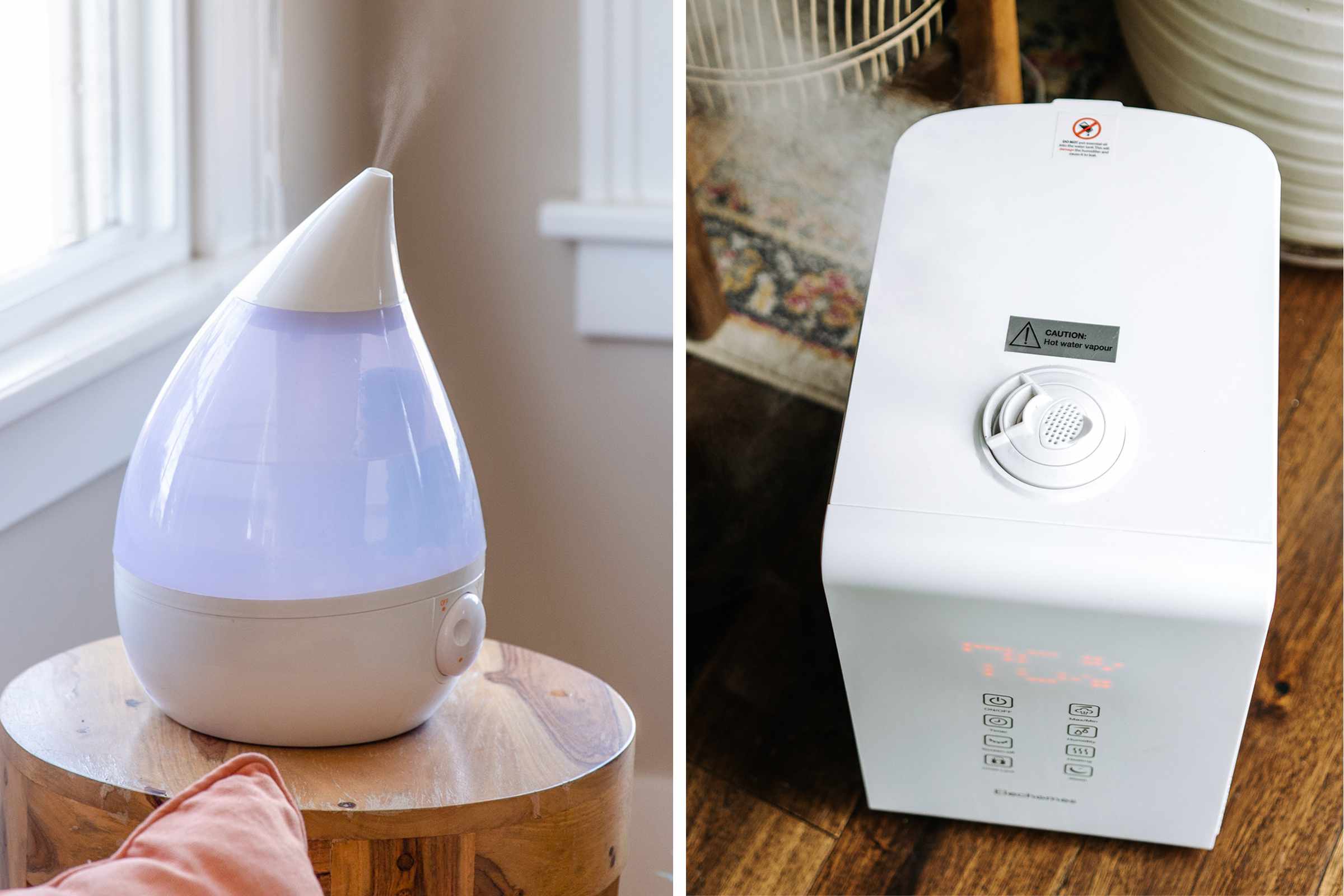
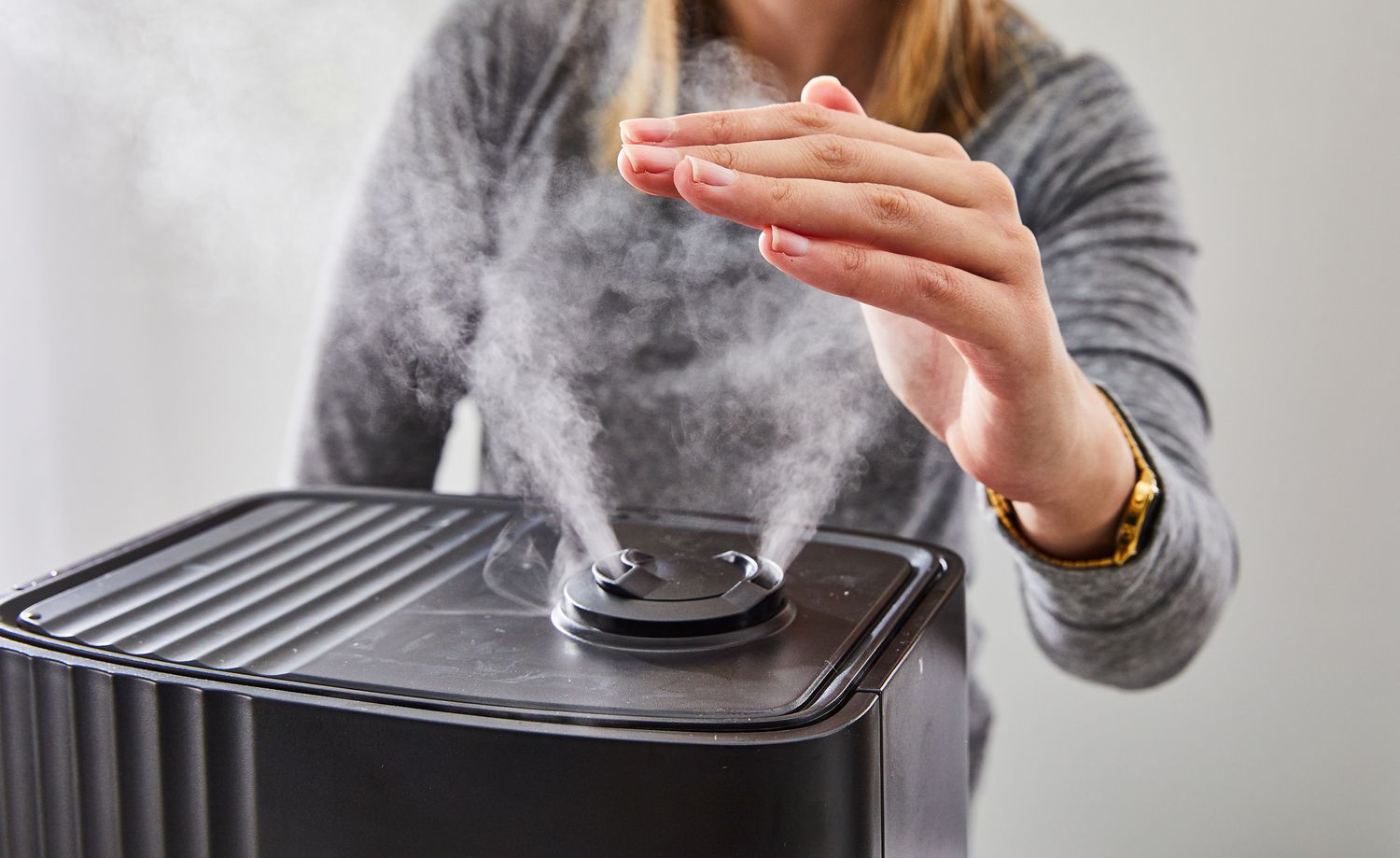
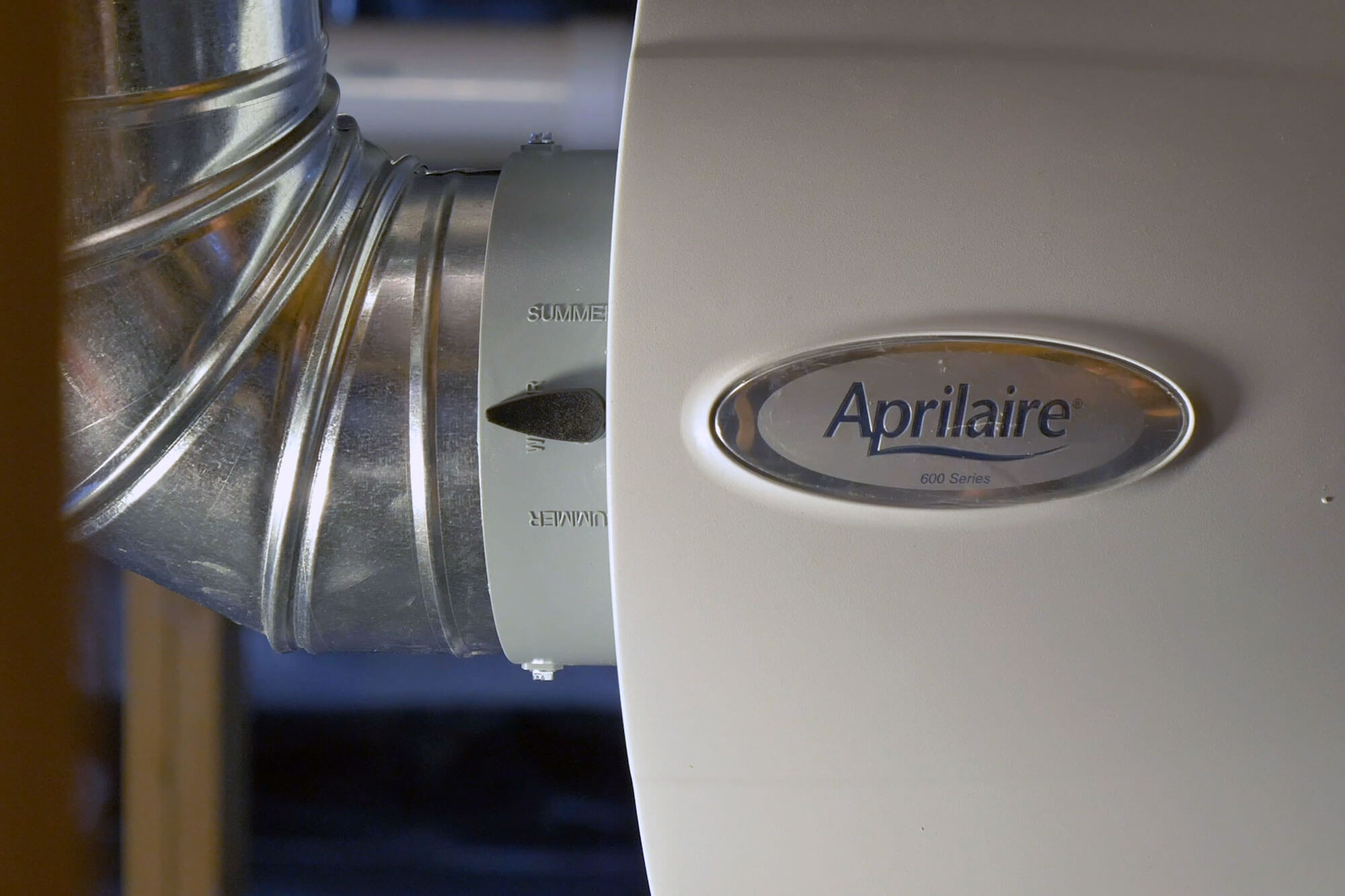
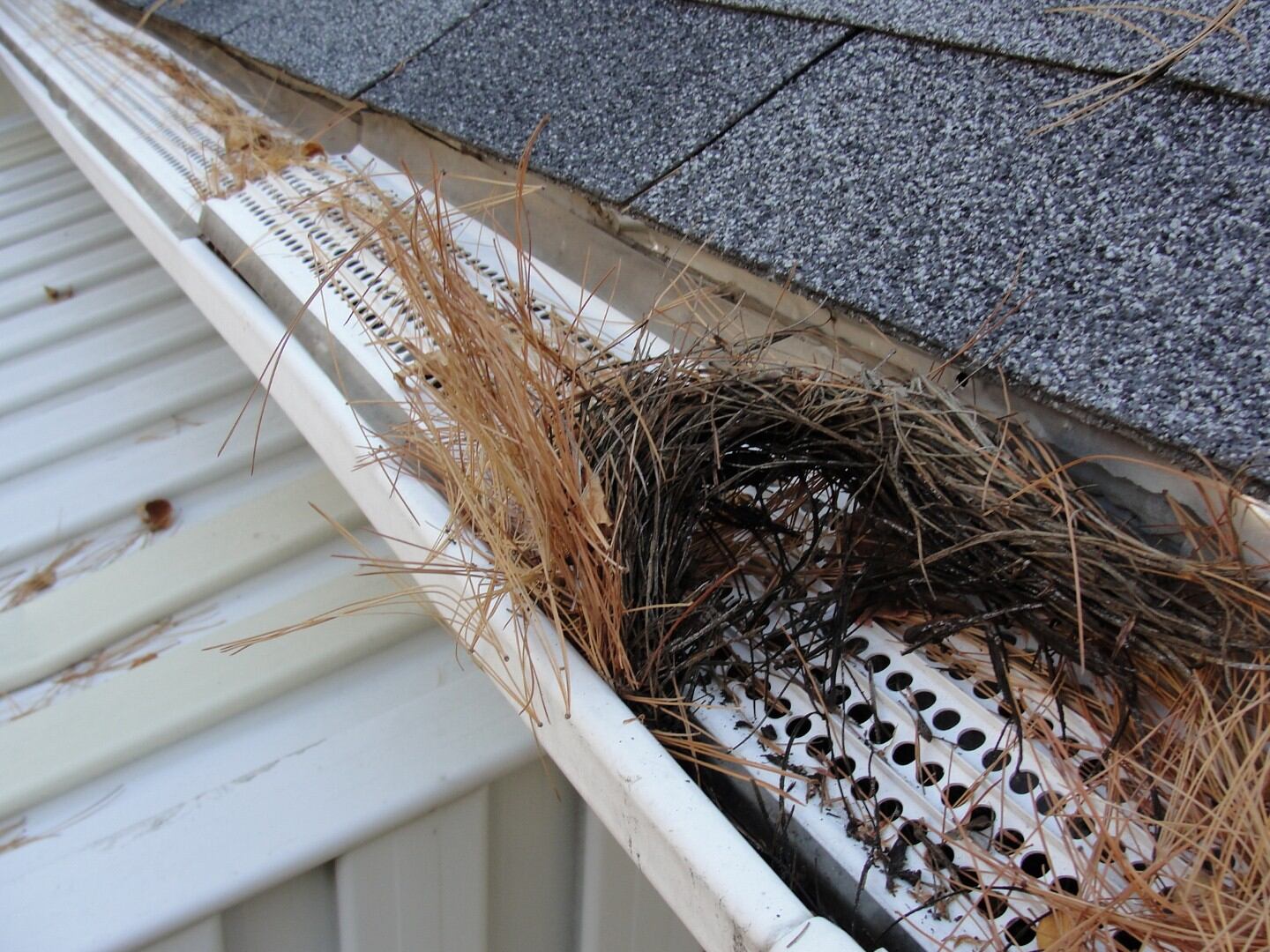

0 thoughts on “How To Prevent Mold In Humidifier”